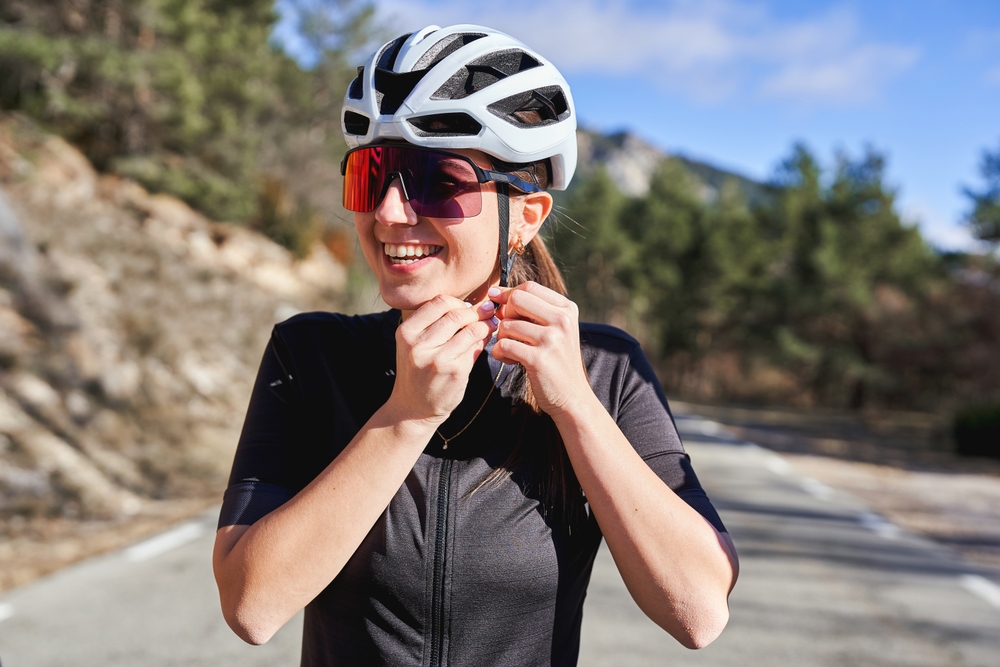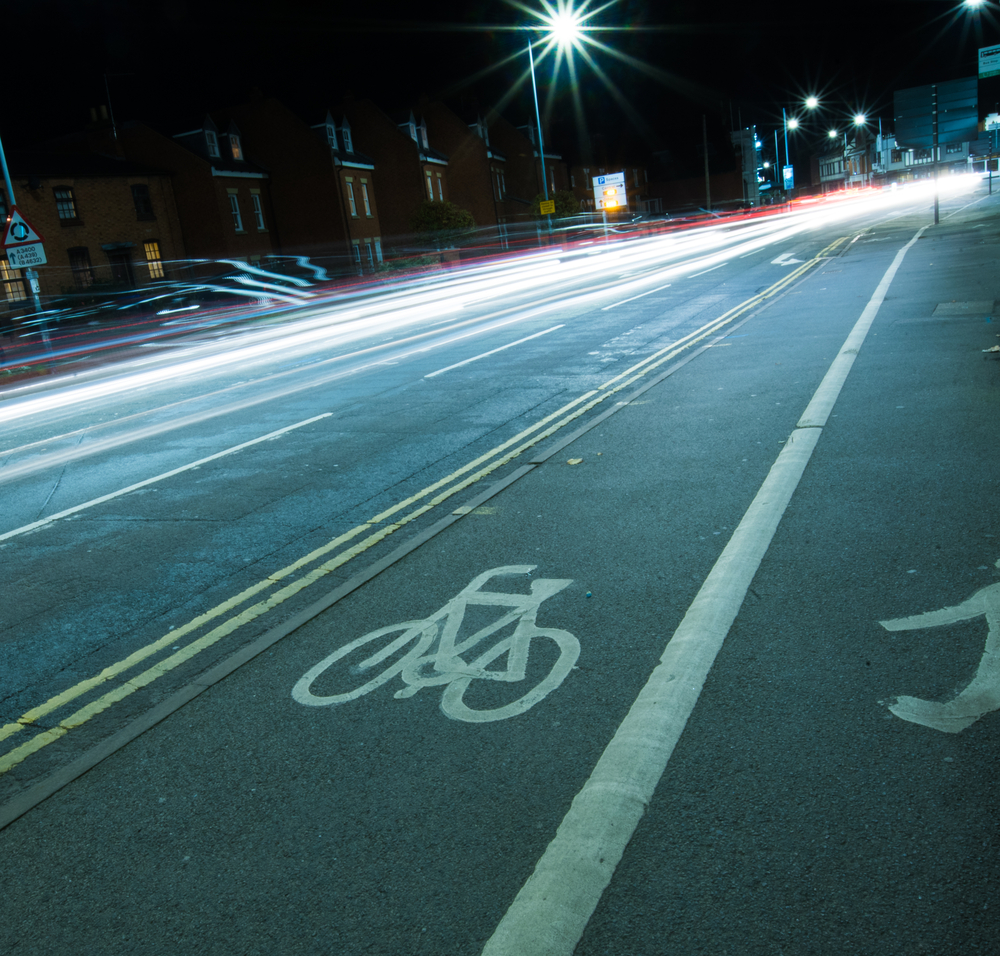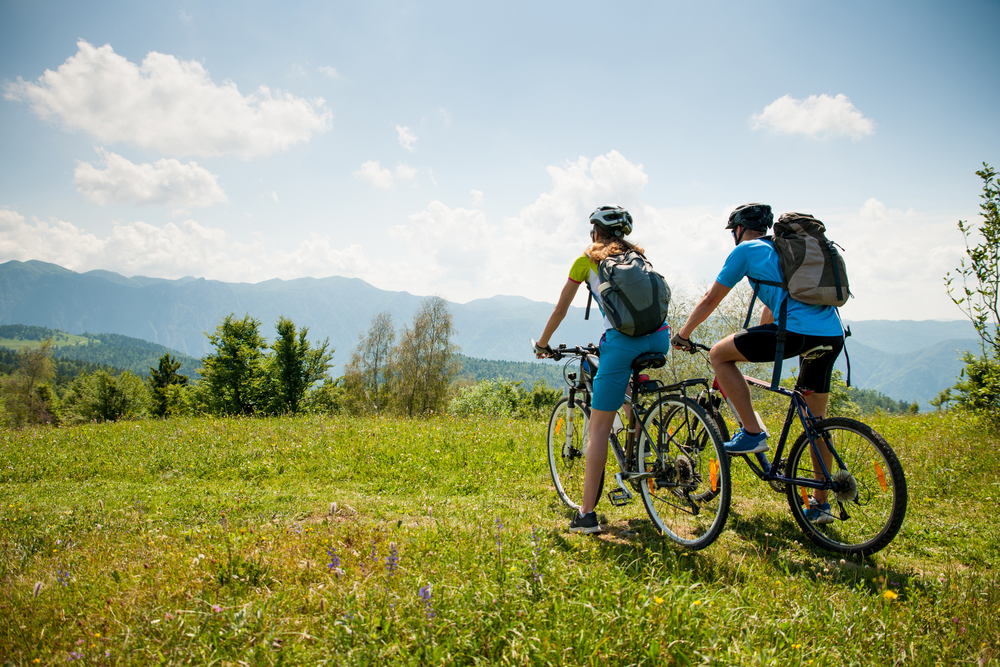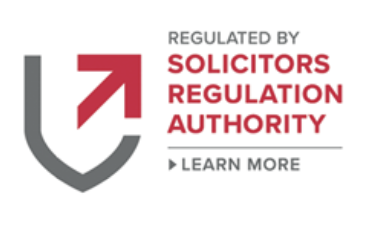Cycling at night can be a rewarding experience, offering quieter roads and a peaceful atmosphere. However, it also comes with increased risks, such as reduced visibility and the potential for accidents. To ensure your safety and confidence while cycling after dark, here’s a comprehensive guide to staying safe at night.
Invest in High-Quality Lights
Proper lighting is the most critical aspect of night cycling. It not only helps you see the road ahead but also makes you visible to other road users.
- Front Lights: Use a powerful white front light with at least 200 lumens for urban areas and 500+ lumens for rural rides.
- Rear Lights: A red rear light with flashing and steady modes is essential to alert drivers.
- Helmet and Handlebar Lights: Adding extra lights to your helmet or handlebars enhances your visibility.
Wear Reflective Clothing
Reflective clothing increases your visibility to drivers in low-light conditions. Look for reflective jackets, gilets, and ankle bands that catch and reflect light from headlights. Bright colors during twilight and reflective materials at night are key to staying seen.
Choose Well-Lit Routes
Plan your route carefully to prioritize well-lit roads and cycling paths.
- Stick to Main Roads: These are usually better lit and have fewer hazards like potholes or debris.
- Avoid Remote Areas: While quieter, poorly lit rural paths can be risky due to low visibility.
Ride Defensively
At night, it’s essential to adopt a defensive riding style to anticipate and avoid potential hazards.
- Stay Out of Blind Spots: Ensure drivers can see you by avoiding their blind spots, especially near larger vehicles.
- Be Predictable: Signal your intentions clearly using hand signals and avoid sudden movements.
- Watch for Pedestrians and Animals: Low visibility increases the chance of encountering unexpected obstacles.
Maintain Your Bike
A well-maintained bike is vital for safe night cycling. Check your bike regularly to ensure it’s in top condition:
- Inspect Your Brakes: Effective brakes are even more critical in low-light conditions.
- Check Your Tires: Use wider tires with good grip to handle slippery or uneven surfaces at night.
- Clean and Lubricate Your Chain: A smooth-running chain reduces mechanical issues on dark rides.
Read our bike maintenance guide to keep your bike in excellent shape.
Carry Emergency Equipment
Be prepared for the unexpected by carrying essential tools and equipment:
- Spare Lights or Batteries: Ensure you don’t get caught without working lights.
- Repair Kit: Include tire levers, patches, a pump, and multi-tool.
- Fully Charged Phone: Keep your phone handy in case of emergencies.
For more tips on staying prepared, visit our essential bike accessories guide.
Ride with a Partner or Group
Whenever possible, ride with a partner or join a group for added safety. Group rides provide more visibility and assistance in case of mechanical issues or accidents.
Know What to Do After an Accident
Despite taking all precautions, accidents can still happen. Knowing what to do immediately after an accident can protect your rights and help with the claims process:
- Ensure Your Safety: Move to a safe spot and check yourself for injuries.
- Gather Evidence: Take photos of the scene, your bike, and any damage. Get the contact details of witnesses.
- Contact an Expert: Reach out to professionals who can guide you through the claims process.
Contact Us
Cycling at night can be a safe and enjoyable experience when you’re well-prepared. By following these tips, you’ll reduce risks and increase your confidence on the roads. However, if you ever find yourself in an accident, don’t hesitate to reach out for expert advice.
Visit our inquiry page or call 0800 093 6313 for support in making a claim. Our team is here to ensure you get the compensation and guidance you deserve.
For more information, you can read more of our guides below:








